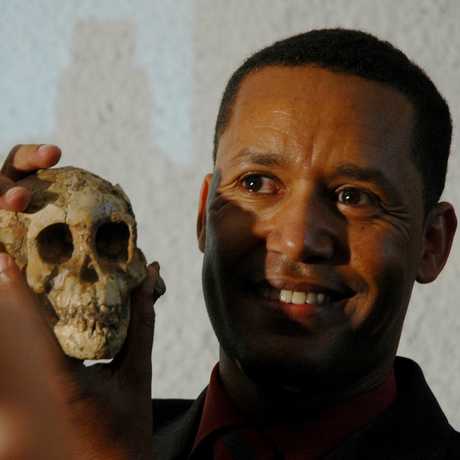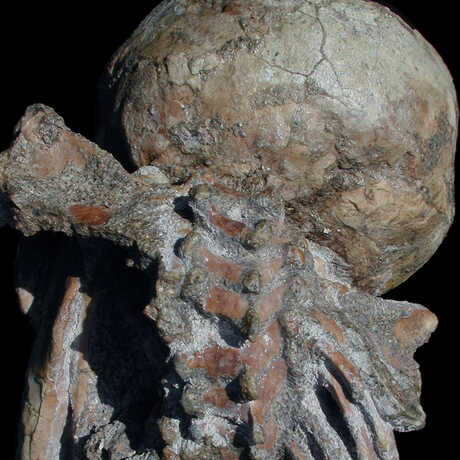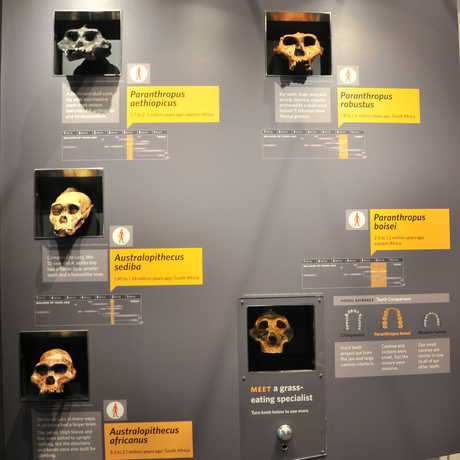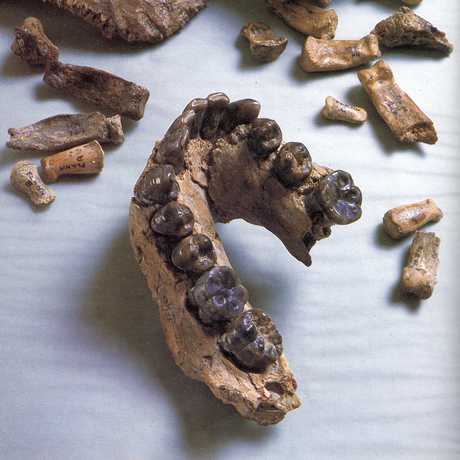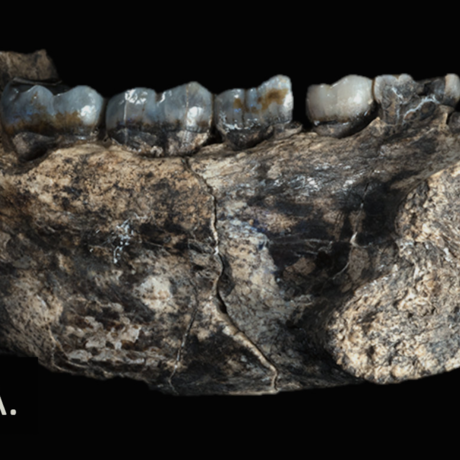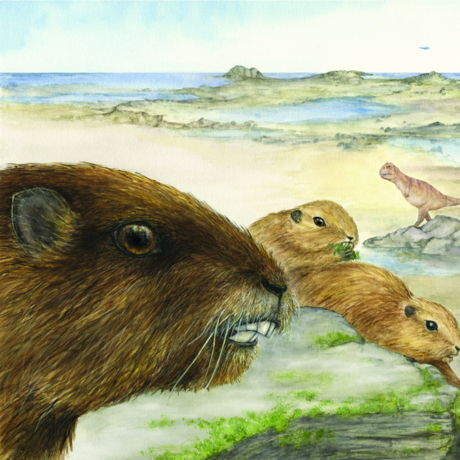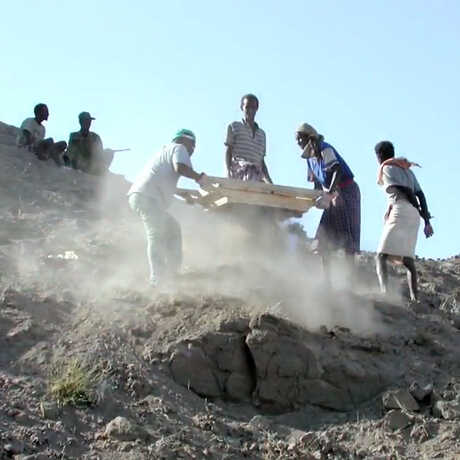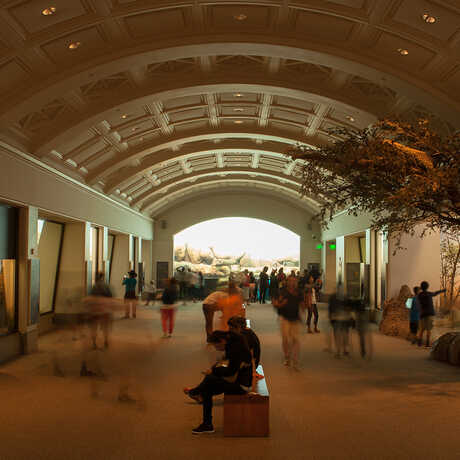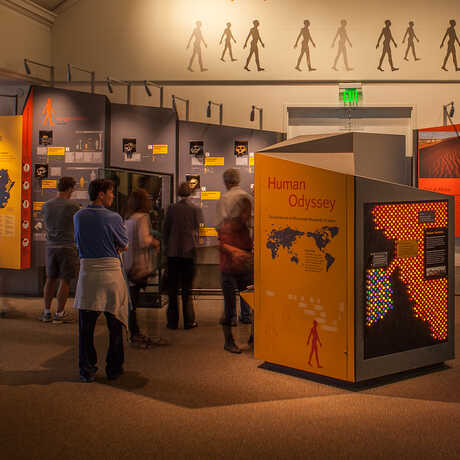We wouldn’t be where we are today without tools. Long before refrigerators and cars, early human technologies consisted of sharp flakes of stone, which our ancestors began using and making tools from far earlier than previously thought. In 2010, an international team of scientists led by Alemseged discovered evidence in the Afar region of Ethiopia that Australopithecus afarensis was using stone tools and eating meat roughly 3.4 million years ago, pushing the timeframe of human tool use and manufacture back by nearly a million years.
The team found fossilized bones bearing marks that may have been caused by stone tools used to carve meat, along with what appears to be percussion marks made when breaking bones to extract marrow. Previously, the oldest known evidence of butchering with stone tools came from Bouri, Ethiopia, where several cut-marked bones dated back to 2.5 million years ago.
“Tool use fundamentally altered the way in which our early ancestors interacted with nature, allowing them to eat new types of food and exploit new territories,” Alemseged said. “It also led to tool making—a critical step in our evolutionary path that eventually enabled advanced technologies such as airplanes, MRI machines, and iPhones.”
Case in point is the modern archaeologist's toolkit, a juxtaposition of simple and high-tech instruments, each of which plays a crucial role. In the field, where roads, water, and power supplies are few and far between, hand-held GPS devices have transformed the data collection process. These high-tech tools integrate many data points—from location coordinates and notes about the geologic setting to photos taken with a built-in camera—into one “geodatabase” that can sync with a laptop at the end of each day, making documentation more efficient and complete. For some tasks, however, nothing beats a delicate touch. Alemseged still sifts through dirt and sand manually, using brushes and picks to carefully remove sediment from fragile objects.
In his lab, Alemseged needed more than 10 years to remove Selam’s skeleton from its dense sandstone encasement grain by grain with a microscope and a dental drill. Once freed, the skull was taken to a diagnostic center in Nairobi, Kenya for a high-powered CT scan. The imagery revealed a mixture of deciduous—another name for baby teeth—and permanent teeth, which provided valuable clues to Selam’s sex and her age at death without compromising the specimen’s integrity. Technology has advanced since the original CT scans, and synchrotron techniques with super-resolution microscopes now allow for an even closer look, revealing fine details like growth lines in fossilized teeth. Originally developed for materials science applications, these specialized microscopes are only available at a handful of sites worldwide.

